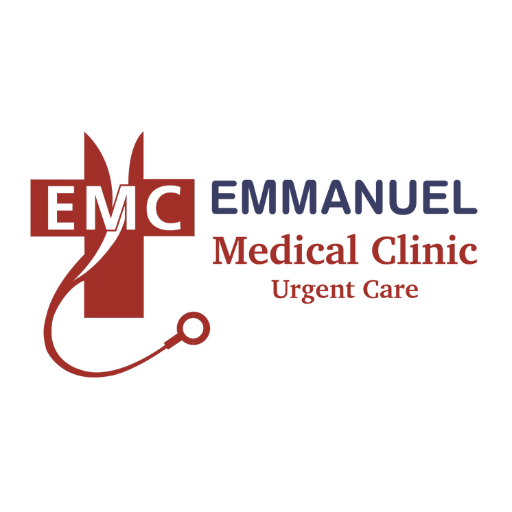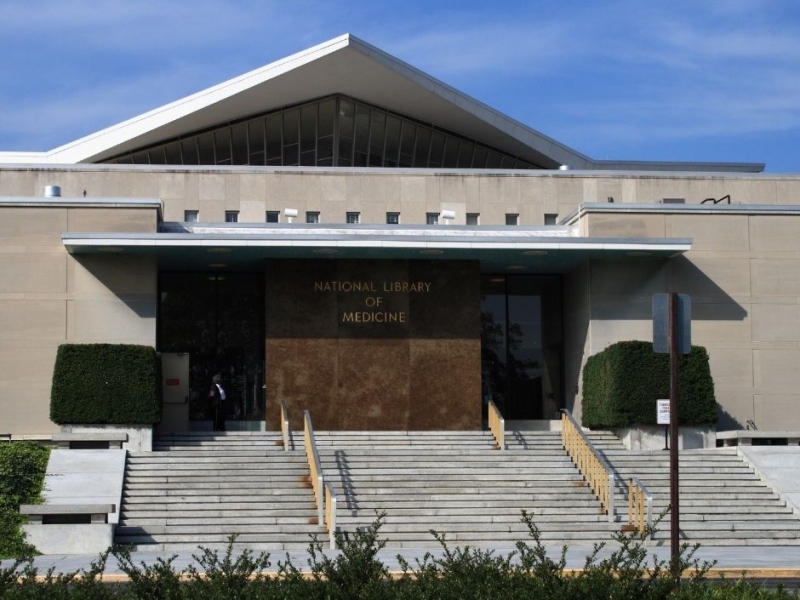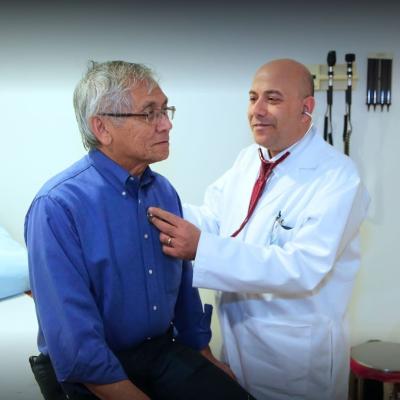There are hundreds of university library catalogues available on the internet, many of which are searchable by subject. Some of these catalogues are offered for purchase. Among the most valuable catalogues in the world
are those held by the National Library of Medicine (NLM) and the Library of Congress (LC). The National Library of Medicine (NLM) is the world's biggest medical library, and its History of Medicine Division includes a subordinate home page with more resources. The "Locator" is a library catalogue; it does not provide a list of the contents of serials and magazines, which are available separately. A variety of other resources are required in order to locate journal articles and other subordinate material. The National Library of Medicine's MEDLARS system, which was first used in 1964, is the most widely used computer-based system in medicine. MEDLINE (MEDLARS on line) is the most widely used search tool for medical literature and is now available without charge on the National Library of Medicine's home page.
Its beginnings limit what it can provide in terms of historical information; for example, it does not contain references to literature that was published prior to 1964! Because of this, a MEDLINE search is a particularly specific type of search. There are programmes underway to convert older medical literature into searchable online formats, but for the time being, you must rely on printed bibliographies to conduct a search for literature published before 1964. Hotline (History of Medicine on Line) is a free resource available from the National Library of Medicine's History of Medicine Division Home Page. Histline is the history of the medicine subgroup of Medline. It has been supplemented with references to historical literature, which do not present in the MEDLINE database. Hotline is the most comprehensive source for secondary literature in the history of medicine currently available. HISTLINE, on the other hand, only comprises work that was published in 1970 or later. Older historical literature cannot be found by HISTLINE, however the majority of sources use printed bibliographies.
Applications will be accepted in a variety of categories that will be determined later. In each category, there are seven different author classifications: family physicians and fellows who work primarily in academic medicine; family physicians who work primarily in clinical practise; family practise residents, medical students, international attendees, professionals who work primarily in medical informatics, and others.
According to some estimates, about half of all publications published in peer-reviewed journals are ghostwritten. Ghostwriters remain anonymous, whereas doctors who have put their names on the papers can be rewarded handsomely for "lending" their reputations to the publications are not. They, and the involvement of the pharmaceutical industry, are rarely revealed.
One of the authors of an essay published in February in the Journal of Alimentary Pharmacology, which specialises in stomach issues, was a medical writer who worked for the pharmaceutical company AstraZeneca, which was not disclosed by the author.
The New England Journal of Medicine was forced to delete a paper published last year by experts from Imperial College London and the National Cardiac Institute on the treatment of a specific type of heart issue. The article was retracted in February by the journal. It was discovered that a number of the stated authors had little or no involvement with the research project. The deceit was only discovered when Dr Hubert Seggewiss, a German cardiologist who was one of the eight named authors, called the editor of the journal and admitted that he had never read any version of the work in question.










 And then Add to Home Screen.
And then Add to Home Screen.